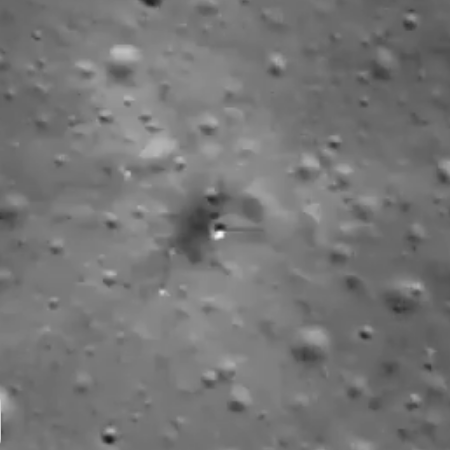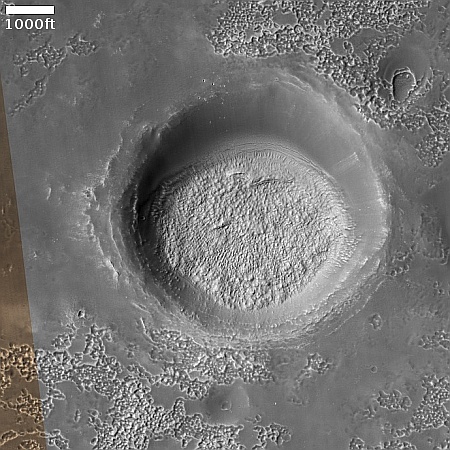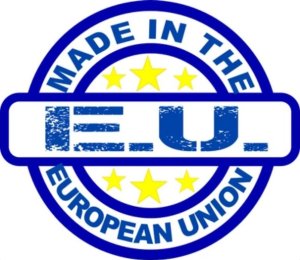ESA partners with French company to build space plane “demonstrator”
The European Space Agency (ESA) and the French company Dassault Aviation yesterday announced a partnership for building a space plane “demonstrator” that will lay the groundwork for developing a family of such spacecraft dubbed Vortex.
The ESA press release is here. Both this release and the Dassault release linked to above provided little detailed information, other than the demonstrator will be a small scale suborbital testbed for eventually developing the full scale orbital vehicle. Neither a budget nor time schedule were even hinted at.
ESA has funded a number of these demonstrators in the past decade — Themis and Callisto come to mind — all of which are behind schedule and have as yet not flown. It will be interesting to see if this project fares better, as it seems it is being led by a single commercial company rather than the government run mishmashes of the other projects.
The European Space Agency (ESA) and the French company Dassault Aviation yesterday announced a partnership for building a space plane “demonstrator” that will lay the groundwork for developing a family of such spacecraft dubbed Vortex.
The ESA press release is here. Both this release and the Dassault release linked to above provided little detailed information, other than the demonstrator will be a small scale suborbital testbed for eventually developing the full scale orbital vehicle. Neither a budget nor time schedule were even hinted at.
ESA has funded a number of these demonstrators in the past decade — Themis and Callisto come to mind — all of which are behind schedule and have as yet not flown. It will be interesting to see if this project fares better, as it seems it is being led by a single commercial company rather than the government run mishmashes of the other projects.








 <
<
